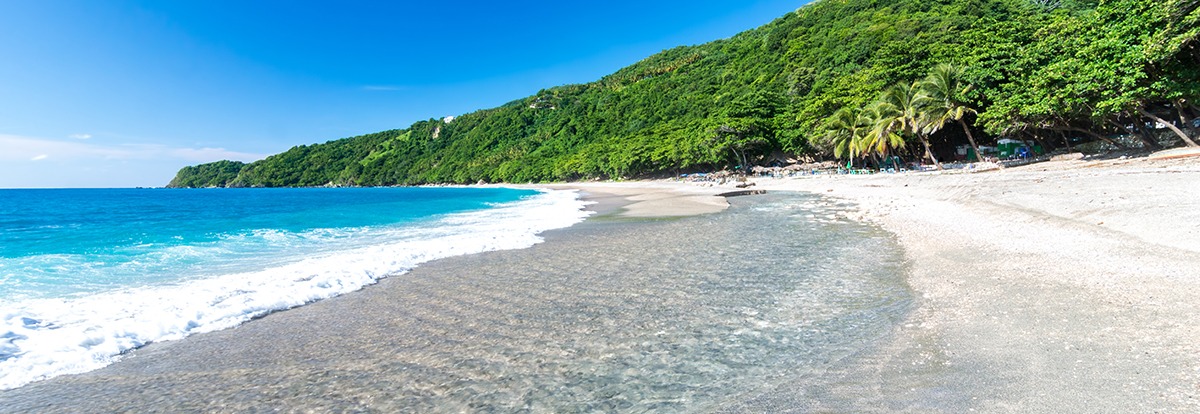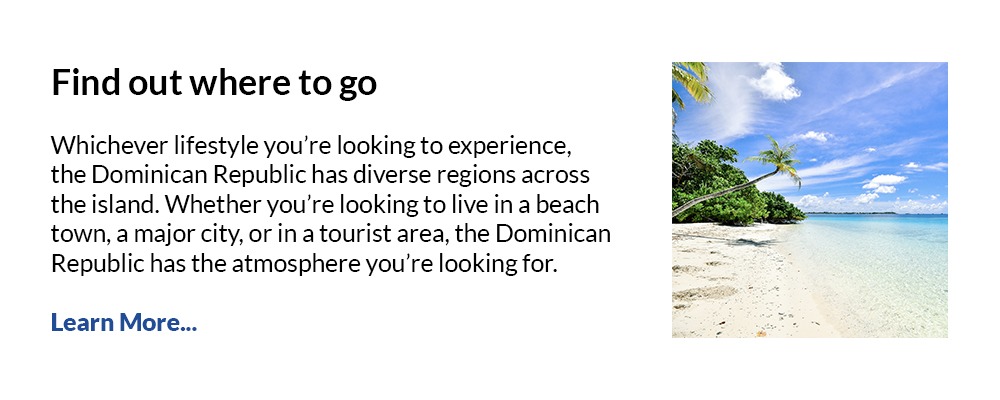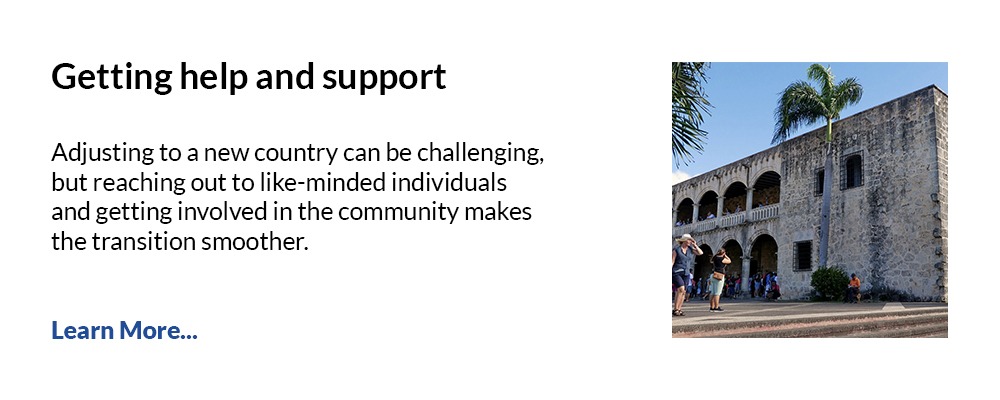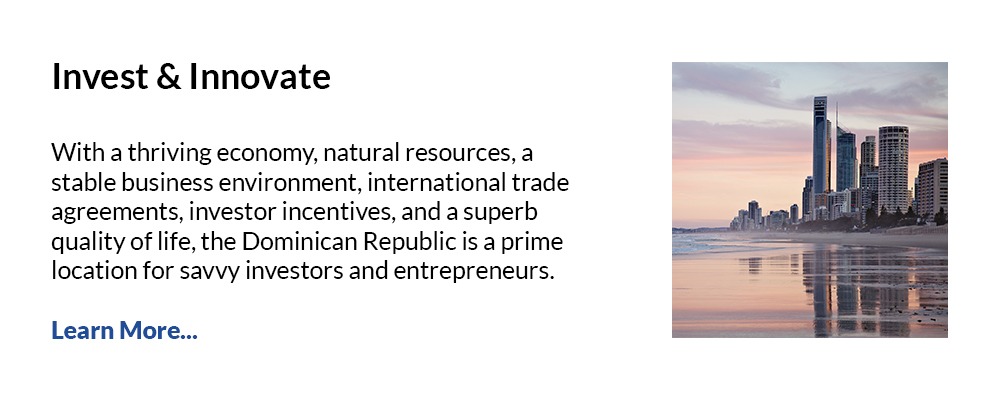Choose Dominican Republic
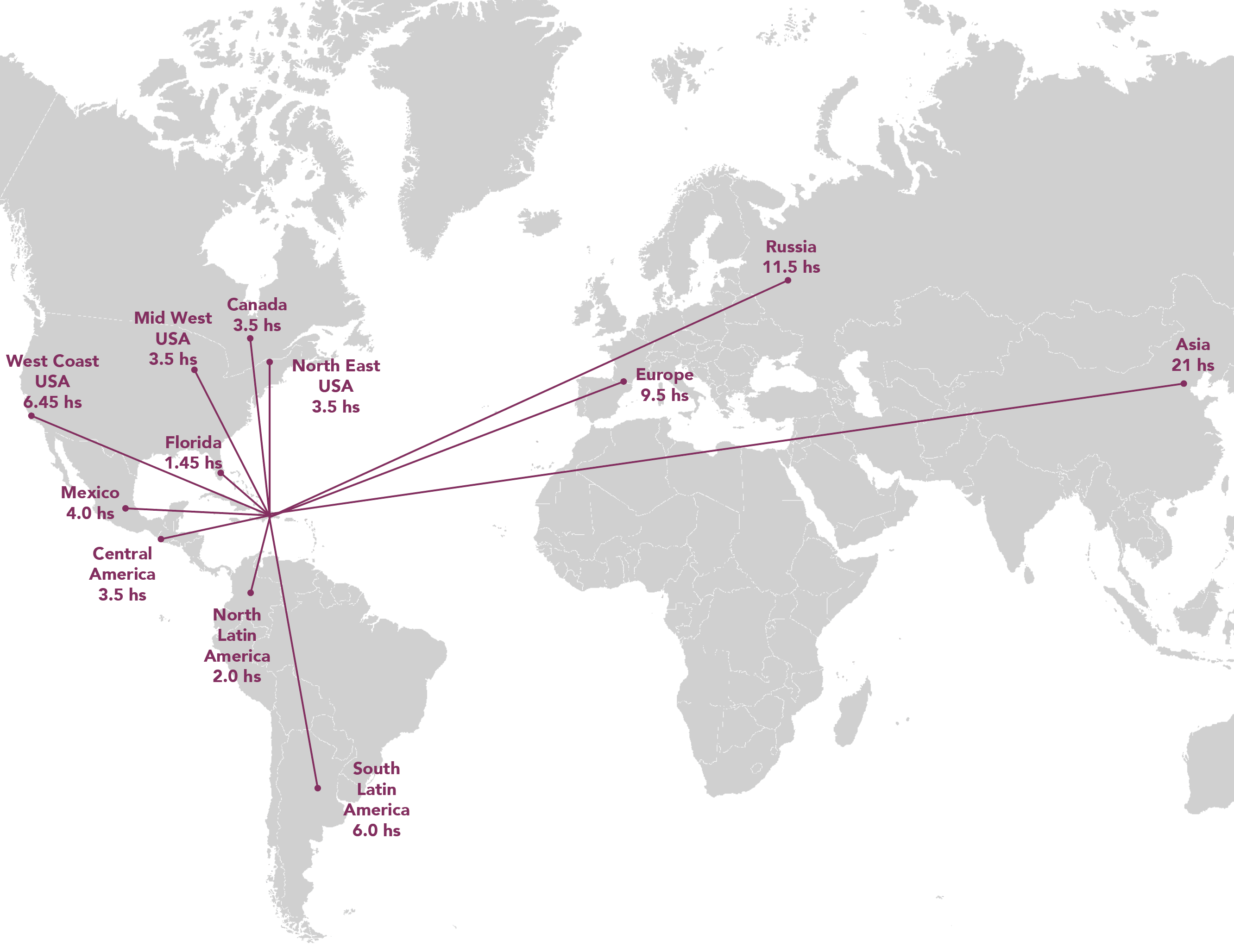

Cities
Santo Domingo de Guzman. Popularly known as Santo Domingo, it is the capital and largest city of the Dominican Republic. It is the first city founded on the American continent by the Spanish. Facing the Caribbean Sea was founded by Bartolomé Colón in 1496, on the eastern bank of the Ozama River and later moved by Nicolás de Ovando in 1502 to the western margin of the same river. It is located within the limits of the National District, and the latter in turn borders the Santo Domingo Province.
It took the name of “Ciudad Trujillo” from 1936 to 1961, a product of the change made by the dictator Rafael Leónidas Trujillo Molina. It is currently the most important metropolis of the Dominican Republic.
The city has a privileged place on the Ozama River, which runs 148 kilometers before emptying into the Caribbean Sea. This position played an important role in the economic development of the city and the growth of trade during the colonial era. The Ozama River is where the most active port in the country is located. The city of Santo Domingo borders the Isabela River to the north; to the east with the Ozama river; to the south the Caribbean Sea; and to the west from the Isabela River following the Isabela Highway to the Duarte Highway, continuing until the Kennedy with Luperón and continuing the Luperón to the Independencia Avenue, including the Costa Azul urbanization.
Population: According to 2010 census: Greater Santo Domingo increased the number of inhabitants in this census to 3,339,410 inhabitants, of which Santo Domingo province had 2,374,370 people and the National District 965,040.
Province: Santo Domingo
Total arrivals from Las Américas International Airport to September 2019: 709,994 (16.9% of total foreign tourists)
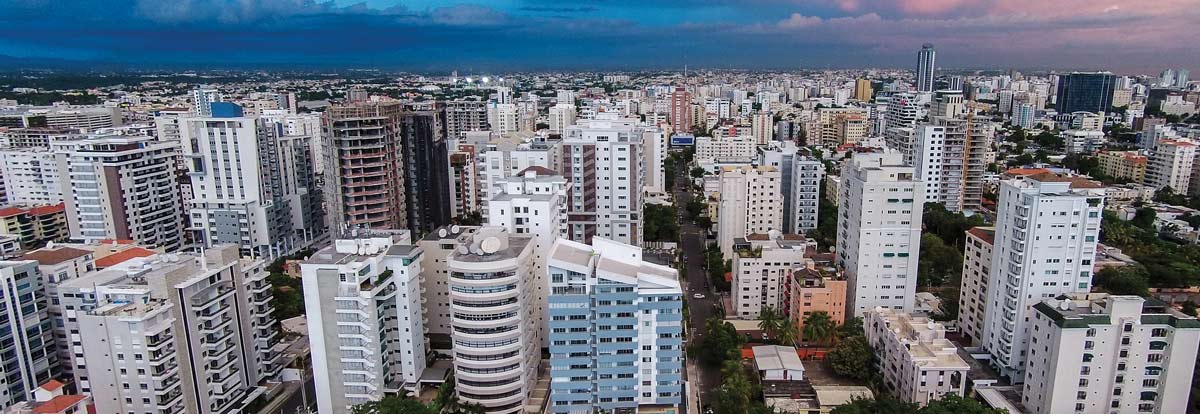

The Municipality of “Santo Domingo Este”, is located in the eastern part of the Ozama River, which divides the National District of the Santo Domingo province. It is known among locals as the eastern zone and is one of the seven municipalities of the Province of Santo Domingo in the Dominican Republic.
It has an area of 15,494 km², its climate is monsoon tropical, being of warm temperature with an annual average of 18ºC, but with ample humidity and rains during the year.
Tourism is one of the main engines of the economy of this large sector of the city of Santo Domingo, which houses too many sites of interest of all kinds, such as recreation, leisure, entertainment, leisure, culture and cuisine.
Places of Recreation: Among the most prominent recreation sites are the shopping centers Mega Centro and Coral Mall which house a large number of department stores, Super Markets, cinemas, Internet centers and video games, among others.
Leisure venues: such as “Avenida Venezuela” by its name in Spanish and “Avenida San Vicente de Paúl”, by its name in Spanish, are two places that have a wide variety of bars and nightclubs, which make Santo Domingo Este the best place in the Dominican Republic to enjoy the evenings with the couple or friends.
Places of Fun: For those who want to spend an exciting day among friends and the little ones, they can attend the vision of the National Aquarium and the Agua Splash water park, they are the two most recommended alternatives to enjoy as a family.
Historical Places: The tourists that enjoy the historical places and full of culture, can visit places like the Lighthouse to Columbus, National Park The Three Eyes, the Monument to the Cane, among others.
Population: 851,253 to the 2010 Census
Province: Santo Domingo This is a municipality of the Dominican Republic, which is located in the Province of Santo Domingo.


Punta Cana, the easternmost tip of the Dominican Republic, abuts the Caribbean Sea and the Atlantic Ocean. It’s a region known for its 32km stretch of beaches and clear waters. The Bávaro area and Punta Cana combine to form what’s known as La Costa del Coco, or the Coconut Coast, an area of lavish, all-inclusive resorts. It’s popular for zip-lining, windsurfing, kayaking and sailing.
Population: 48,982 (2018)
Province: La Altagracia
Distance to – Santo Domingo: 191 km or 3.5 hrs Driving
Total National Visitors 2018: 900,000
Total arrivals from Punta Cana International Airport to September 2019: 2,782,285 (66.1% of total foreign tourists)
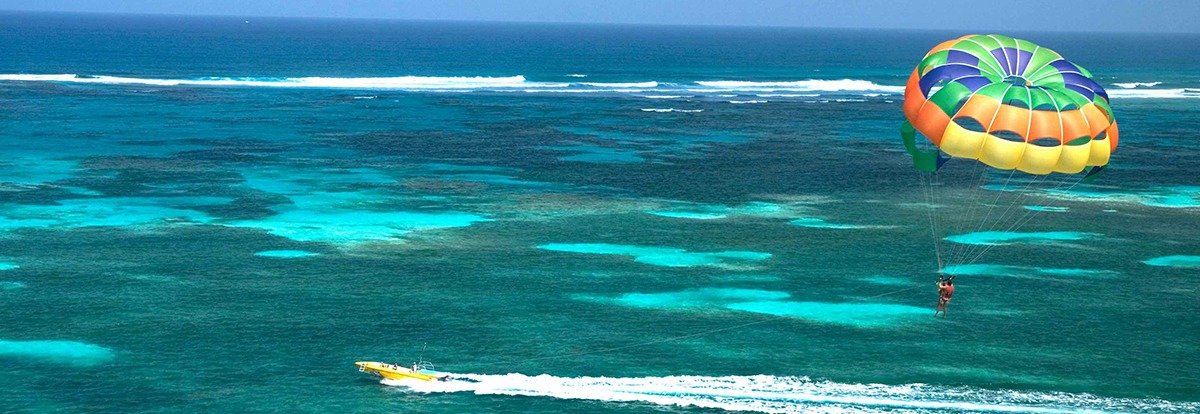

San Felipe de Puerto Plata is the capital of the Puerto Plata province on the Dominican Republic’s Atlantic north coast. The city is best known for its beaches. Playa Dorada’s lengthy beachfront is backed by resorts and an 18-hole golf course. The city’s old colonial-era center is dominated by the 16th-century Fortaleza San Felipe, a Spanish fortress that now houses historical and military artifacts.
Population: 118,496 (2010)
Province: Puerto Plata Province
Distance to – Santo Domingo: 203 km or 4.0 hrs Driving
Total National Visitors 2018: 280,000
Total, arrivals by Gregorio Luperón International Airport to September 2019: 308,828 (7.3% of total foreign tourists)
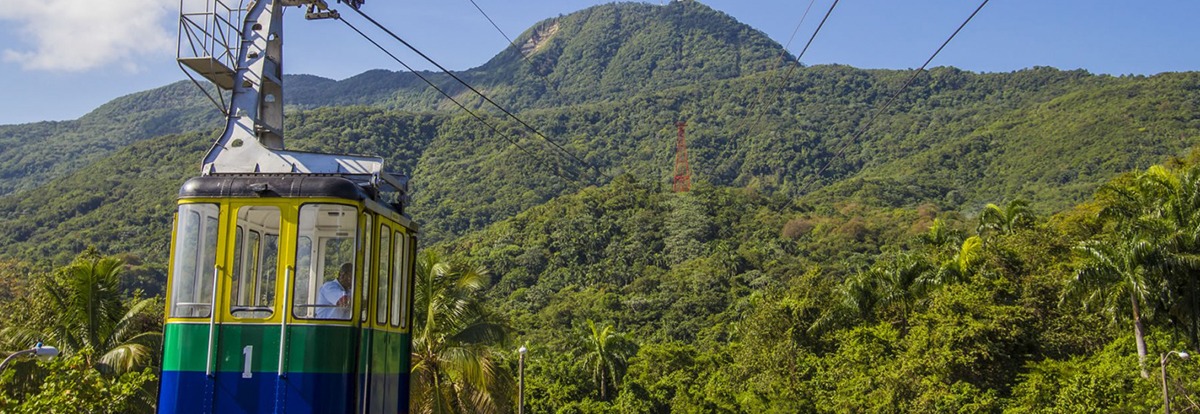

La Romana is a city on the Dominican Republic’s Caribbean coast and a gateway to nearby resort areas. Overlooking the Chavón River, Altos de Chavón is a re-created 16th-century Mediterranean village with artists’ workshops. An obelisk painted with colorful images of local life stands in the city center. South of the city is Catalina Island, with beaches, coral reefs and the wrecked ship of pirate William Kidd.
Population: 135,000 (2018)
Distance to – Santo Domingo: 120 km or 1.5 hrs Driving
Province: La Romana
Total National Visitors 2018: 165,000
Total arrivals from La Romana International Airport to September 2019: 135,259 (3.19% of total foreign tourists)


Boca Chica is a Caribbean town in the Dominican Republic, near Santo Domingo city. It’s known for Boca Chica Beach, with its white sand and sheltered waters. In the shallow bay, the mangrove-covered islet La Matica is a habitat for birds. Coral reefs and submerged shipwrecks feature at La Caleta Underwater Park, west of town. Calle Duarte, the main street, is pedestrian-only in the evenings and has lively nightlife.
Population: 92,000 (2018)
Province: Santo Domingo
Distance to – Santo Domingo: 5 km or 42 min Driving
Total National Visitors 2018: 300,000
Total Arrivals 2018: Aeropuerto Internacional Las Americas 1,350,284


Samaná (Santa Bárbara de Samaná) is a town on the Samaná Peninsula, in the Dominican Republic. It overlooks Samaná Bay, which plays host to thousands of humpback whales during winter’s mating season. Nearby, the Whale Museum’s prime attraction is a huge whale skeleton. The town’s waterfront promenade, the Malecón, has restaurants and bars. In the bay, Cayo Levantado is a tiny island known for its palm-lined beaches.
Population: 108,179 (2012)
Province: Samaná Province
Distance to – Santo Domingo: 177 km or 2.5 hrs Driving
Total National Visitors 2018: 96,117
Total, arrivals by El Catey International Airport to September 2019: 65,813 (1.6% of total foreign tourists)
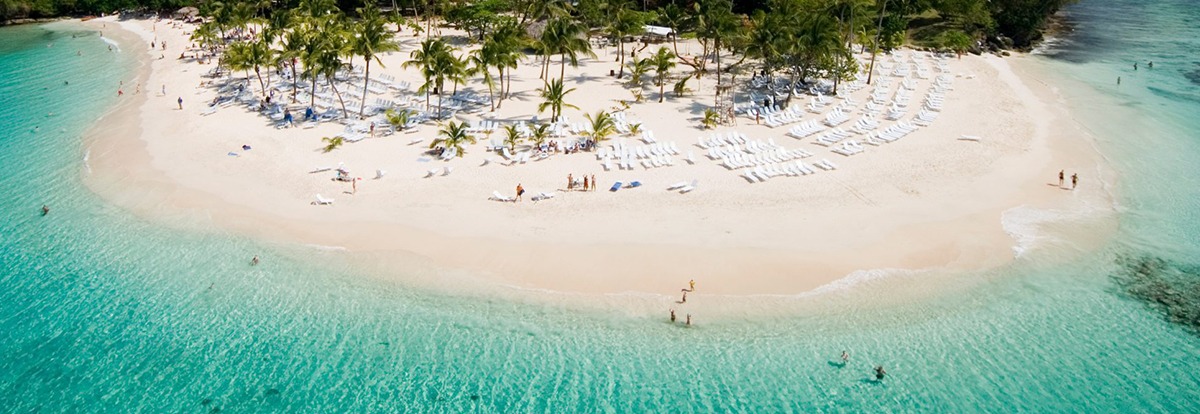

BARAHONA: located in the southwestern part of the Dominican Republic, Barahona has an impressive vegetation, as no other southern town has. It is the owner of the most beautiful coastal areas of the country and it is the only place where beaches, mountains and rivers combine, forming between the three a perfect combination to live unforgettable moments.
Still remain virgin beaches, rivers and mountains, that although they visit many Dominican and foreign citizens, still what remains to be discovered is much.
Barahona owns a beautiful beach called Quemaíto, named after the warmth of its waters and soft gravel. It is located about 10 kilometers from the city and is approximately two kilometers long. Like most of the beaches in this area, it is jealously covered by an immense green mountain and, on the margin, a beautiful coconut grove.
The deep southwest of the Dominican Republic, known as “The Deep South,” is geographically disconnected from the main tourist destinations in the country, but those who come will find that this remoteness has its benefits: the largest biodiversity reserve and parks in the country , surf beaches that attract athletes, waterfalls of fresh water that become recreational parks for swimming, bird watching paradises hidden among mountains and plantations that produce one of the best coffees in the country. It is not surprising that this region is known as “The Pearl of the South”.
Population: 232,818 to 2014
Distance to Santo Domingo: 190 Kms.
Province: Barahona
